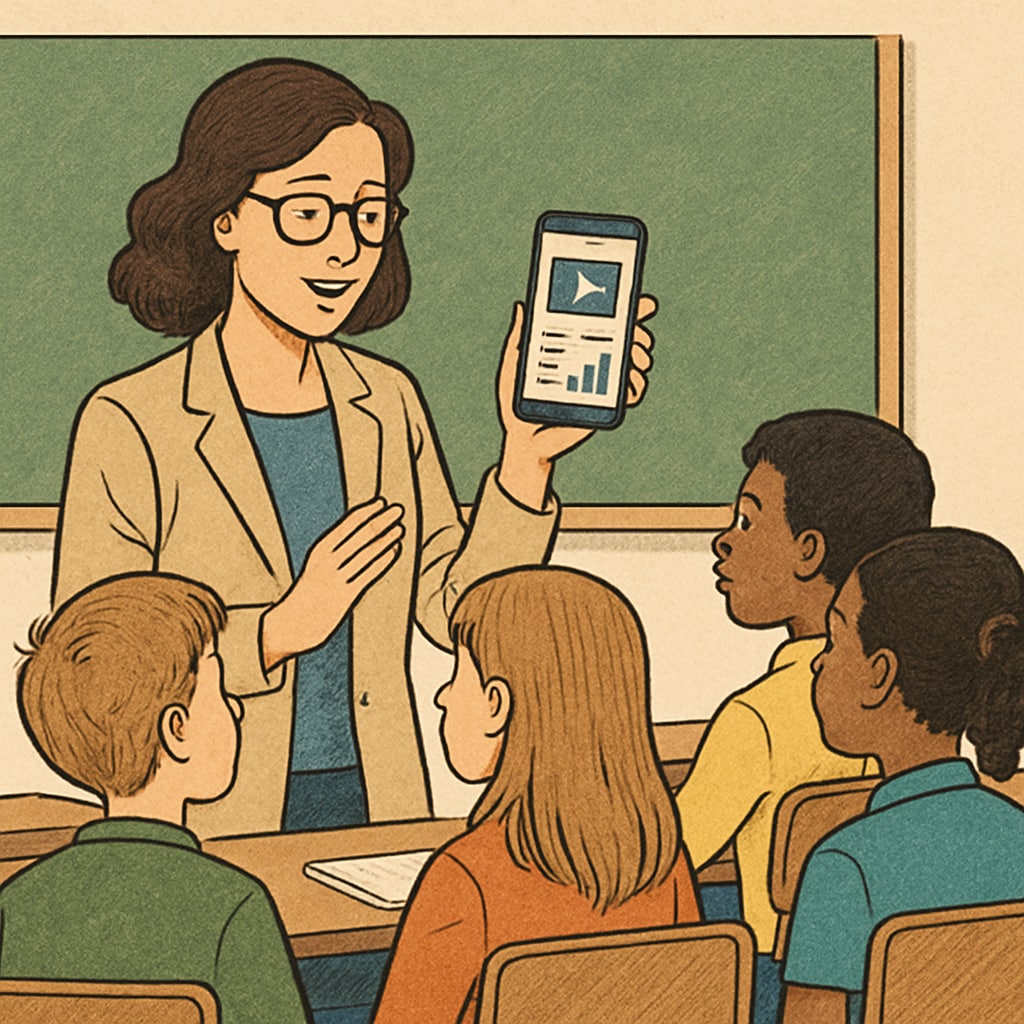In response to concerns about school safety, classroom learning disruptions, and resource allocation, many states have introduced comprehensive cellphone bans in K12 schools. While these measures aim to foster a more focused academic environment, they also raise questions about practicality, equity, and the role of technology in education. This article examines the pros and cons of such bans and offers balanced alternatives to help educators and policymakers approach cellphone management more effectively.
The Case for Cellphone Bans: Addressing Key Challenges
Advocates of cellphone bans often highlight three primary concerns: school safety, learning interference, and the effective use of educational resources. First, cellphones can contribute to bullying, cyber harassment, and the spread of misinformation, which jeopardize student safety. Second, the constant notifications and social media access can significantly disrupt classroom attention, making it harder for teachers to maintain a productive learning environment. Finally, schools often face challenges in allocating resources to monitor and manage technology use effectively, making a ban a seemingly straightforward solution.
Moreover, some studies suggest that removing cellphones from classrooms can improve academic performance. For instance, research from the London School of Economics found that student test scores improved in schools that implemented cellphone bans. Such evidence strengthens the argument that limiting cellphone access can lead to better academic outcomes.

The Downsides of Cellphone Bans: Overlooking Practical Realities
Despite these benefits, a blanket cellphone ban is not without its drawbacks. One significant challenge is enforcement. Schools may struggle to monitor compliance, leading to inconsistent application and potential conflicts between students and staff. Additionally, these bans can disproportionately affect students from underserved communities who may rely on their phones as a primary means of accessing educational resources or communicating with family.
Another concern is the missed opportunity to teach digital literacy and responsible technology use. Completely removing cellphones from the equation does little to prepare students for navigating the digital world responsibly. Instead, it may inadvertently send the message that technology is inherently harmful, rather than a tool that requires thoughtful engagement.

Alternative Solutions: Balancing Control and Access
Rather than implementing outright bans, schools can adopt more nuanced policies that address the root issues while leveraging the benefits of technology. Here are a few potential alternatives:
- Designated Tech-Free Zones: Establishing specific areas within the school where cellphone use is prohibited, such as classrooms or libraries, while allowing limited use in common areas during breaks.
- Tech-Integrated Lesson Plans: Incorporating smartphones into learning activities, such as using educational apps or conducting research, to demonstrate their productive potential.
- Parental Involvement: Encouraging parents to collaborate with schools on setting consistent guidelines for cellphone use both at school and at home.
- Digital Literacy Programs: Introducing curricula that teach students how to use technology responsibly, including lessons on online safety, time management, and critical thinking.
- Usage Monitoring Tools: Implementing apps or software that limit access to non-educational content during school hours.
These approaches not only address immediate concerns but also equip students with the skills needed to navigate an increasingly digital world.
Conclusion: Striking the Right Balance
The debate over cellphone bans in K12 schools highlights the complex interplay between ensuring school safety, minimizing learning disruptions, and managing resources effectively. While bans may seem like a quick fix, they often fail to address deeper issues or prepare students for a technology-driven future. By adopting balanced alternatives, schools can create an environment that fosters both academic focus and digital competence, ultimately benefiting students, educators, and parents alike.
As the conversation around cellphone policies evolves, it is essential for stakeholders to consider not only the challenges but also the opportunities presented by technology. With thoughtful planning and collaboration, schools can move beyond bans to develop policies that truly support student success.


